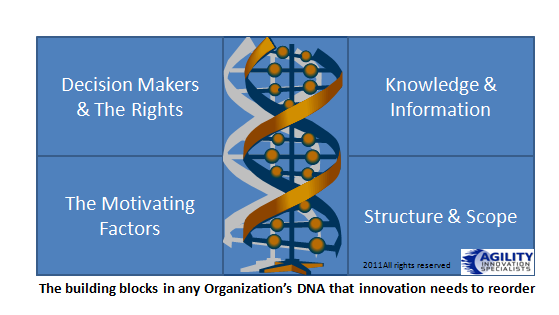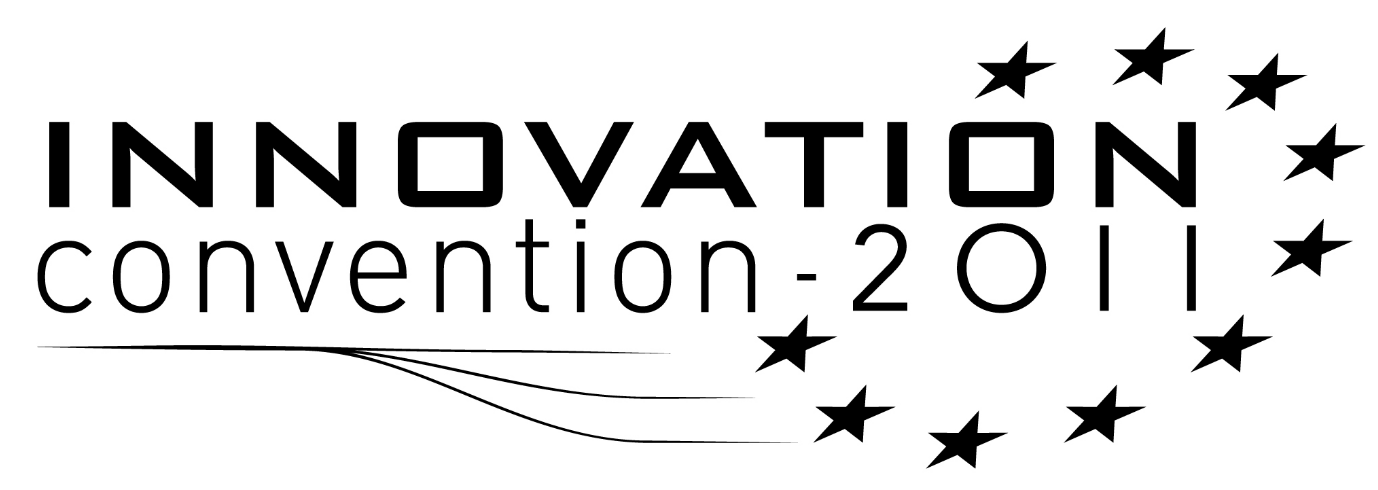I’d just finished a workshop on Business Model Canvas about gaining clarity in large organizations, when suddenly the flood gates seem to have opened up a day or so later, for me to see beyond and piece more of it together in my mind.
After swirling around in this maelstrom of articles, tweets, new publishing, advanced announcements I had to gain some high ground to recover my breath and think a little more. Catching my breath, here is my clarity take and prediction for the BMC.
Ignoring lots of early warning signs
Maybe I should have seen this coming earlier but sometimes you hear a distant rumble but you simply shrug your shoulders and get on with your own work.
This week it hit me so I spent some time piecing together different aspects around the shifts taking place on the Business model canvas that has been going on in different parts of the world for my prediction:
2012 is the BMC tipping point year
From what I can see is the Business model is about to go through a really important (further) tipping point and cross that chasm (thanks Geoffrey Moore) into mainstream adoption. Why? Continue reading “A Business Model Canvas Set to Explode”



